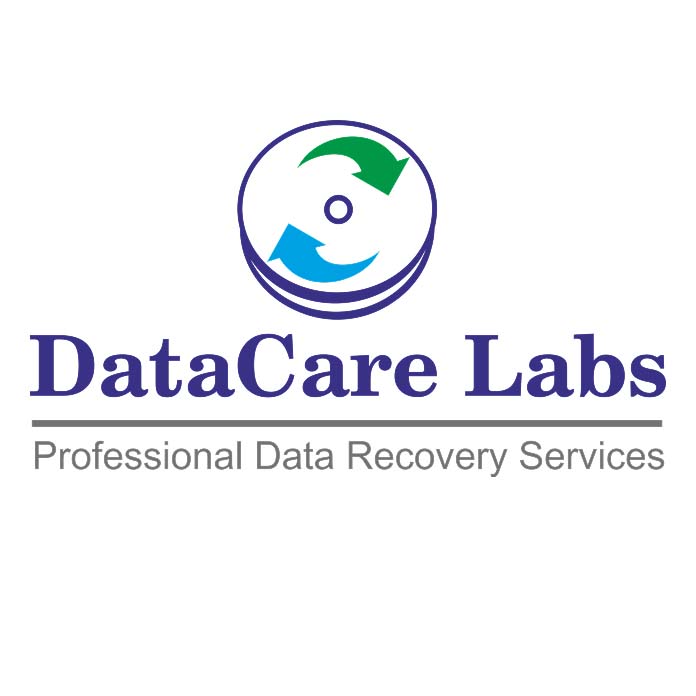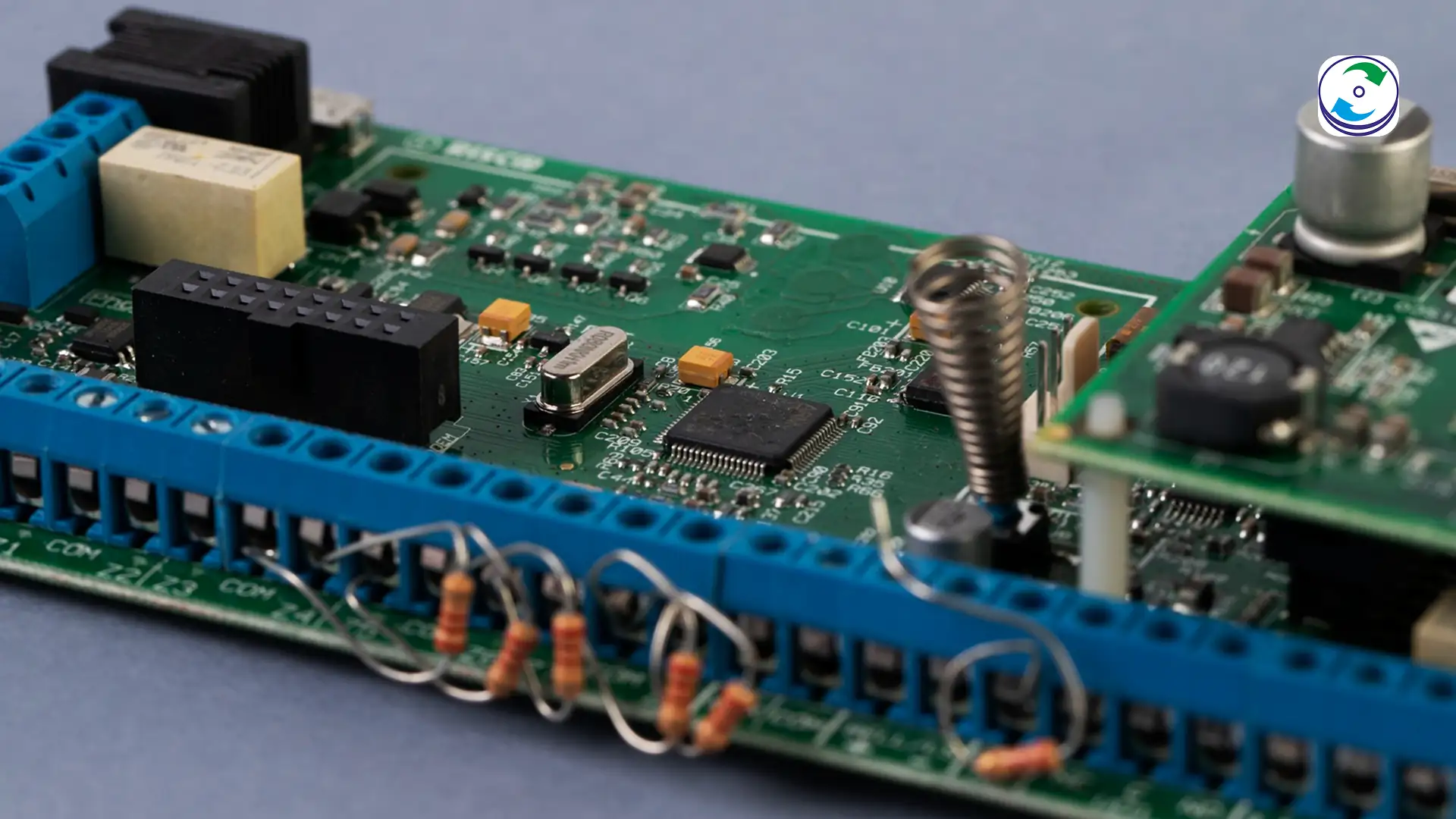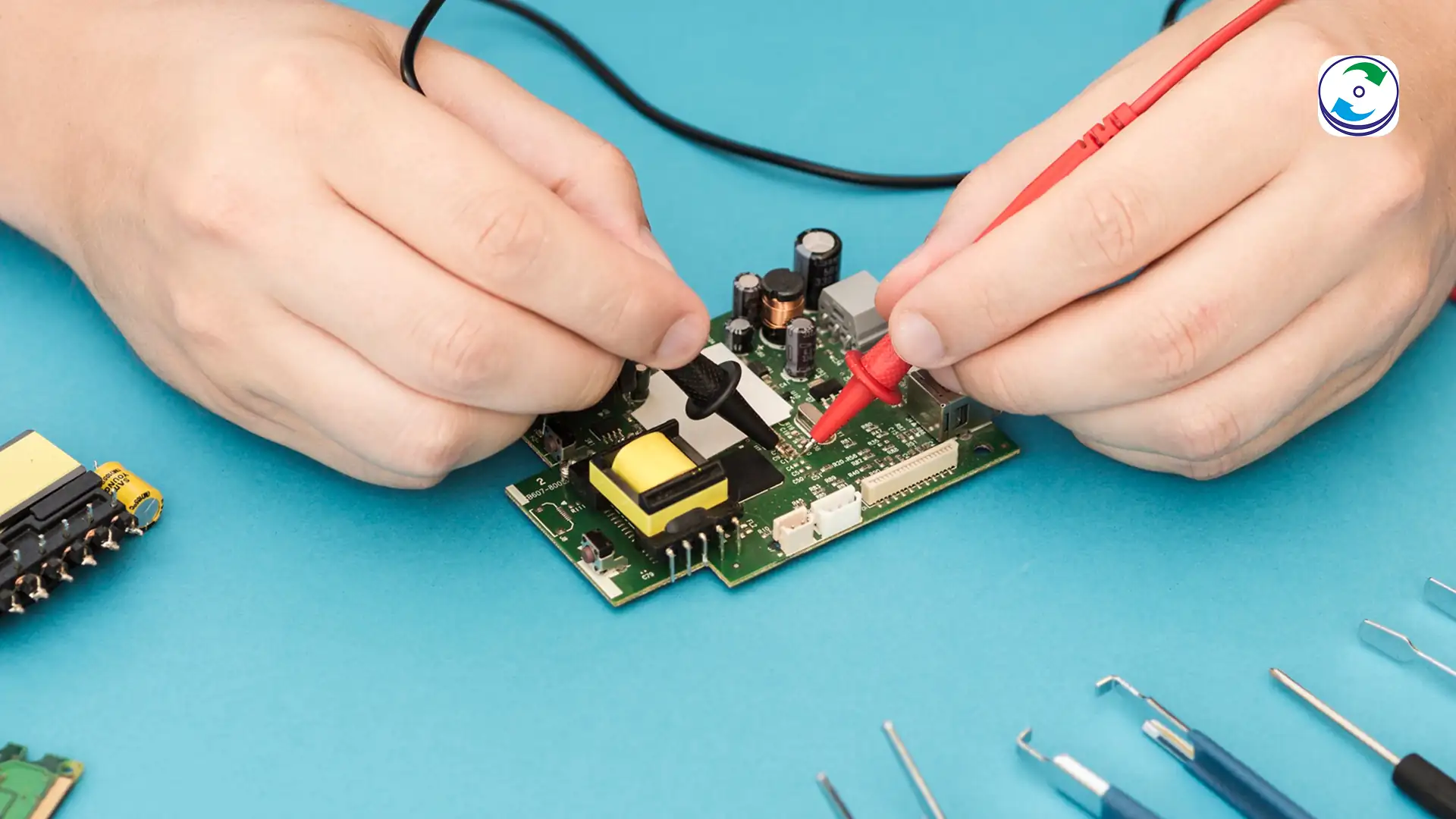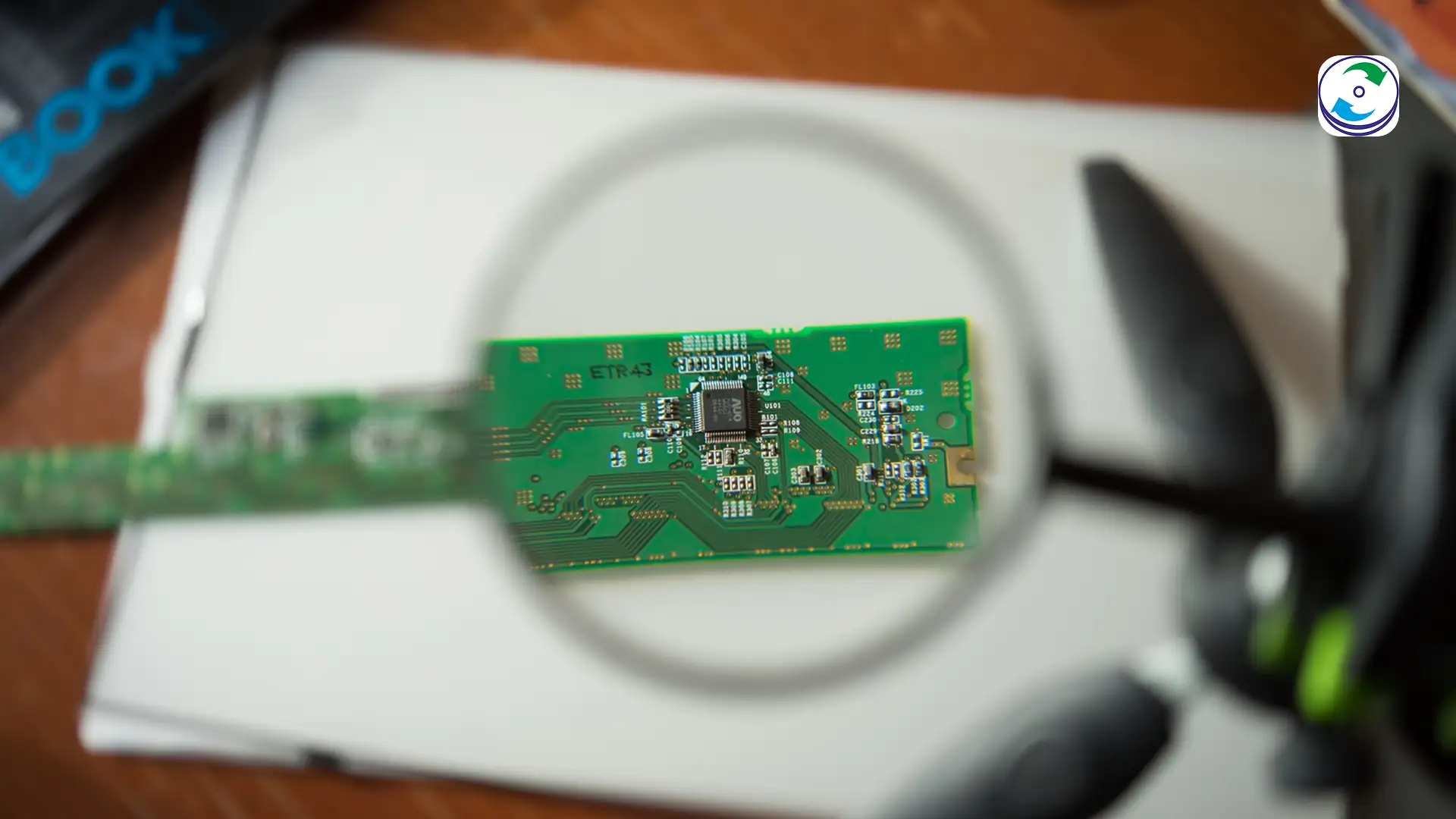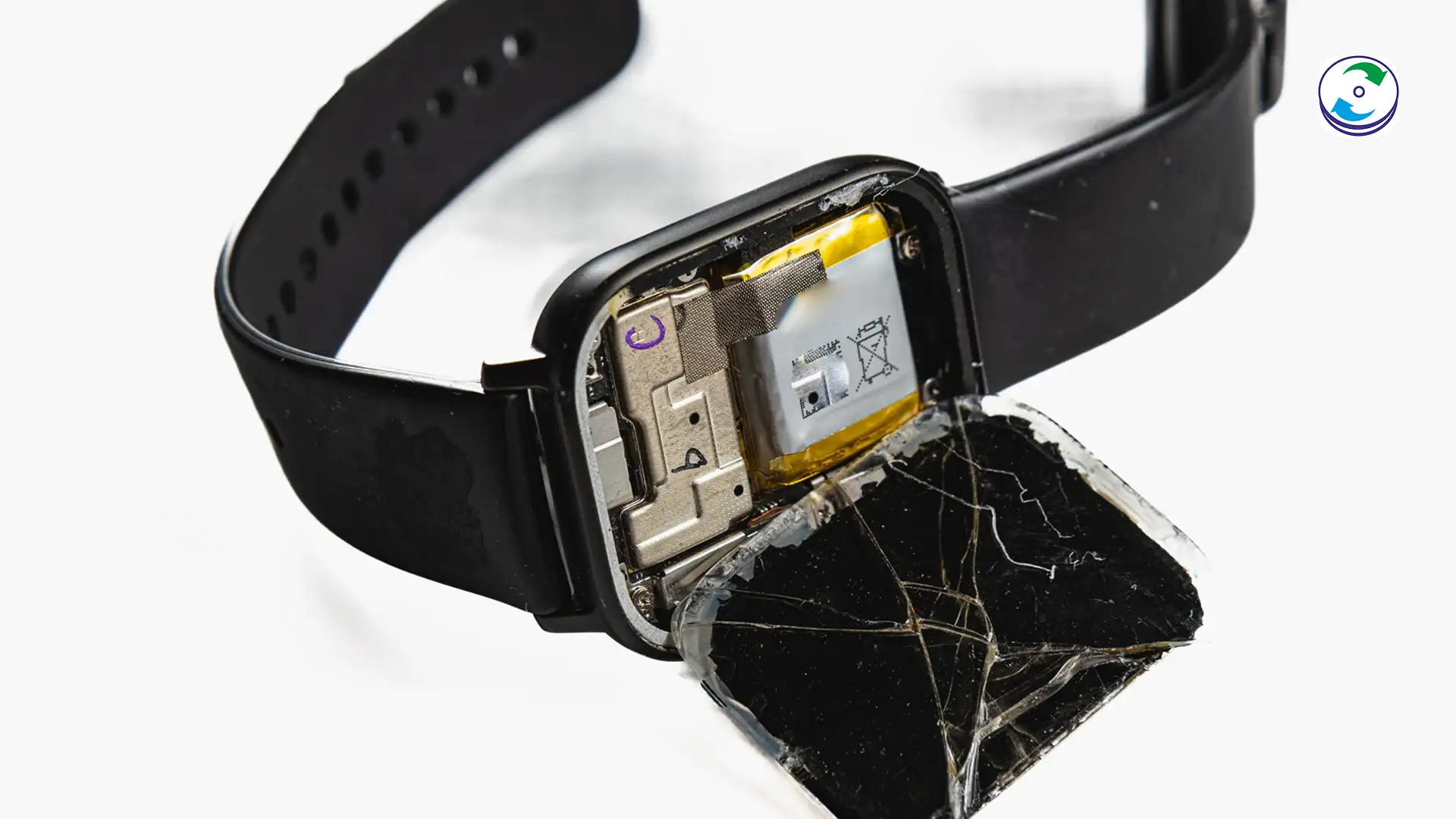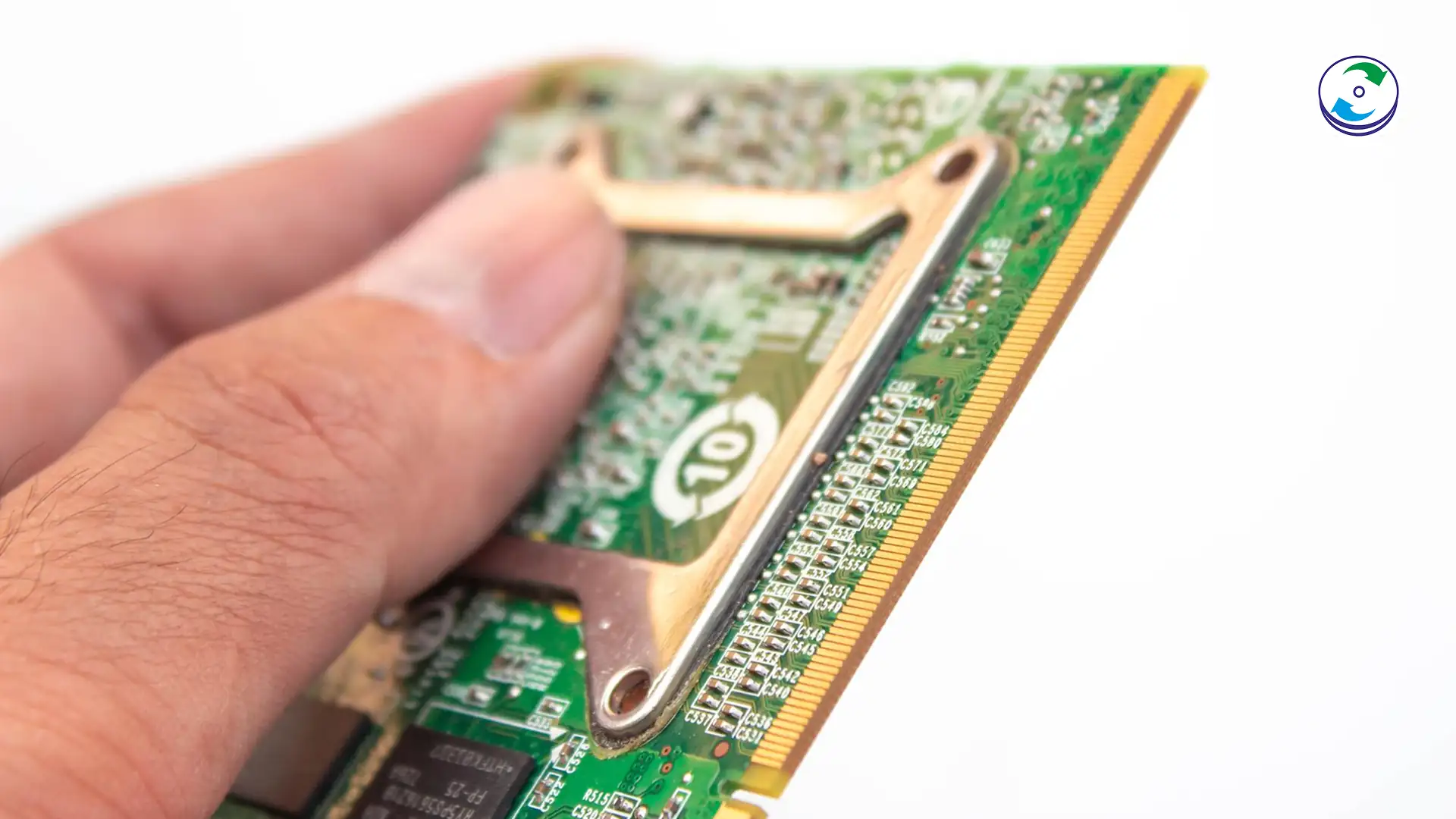Ransomware Just Hit: Your 7-Step Immediate Action Plan to Maximize Data Recovery Chances
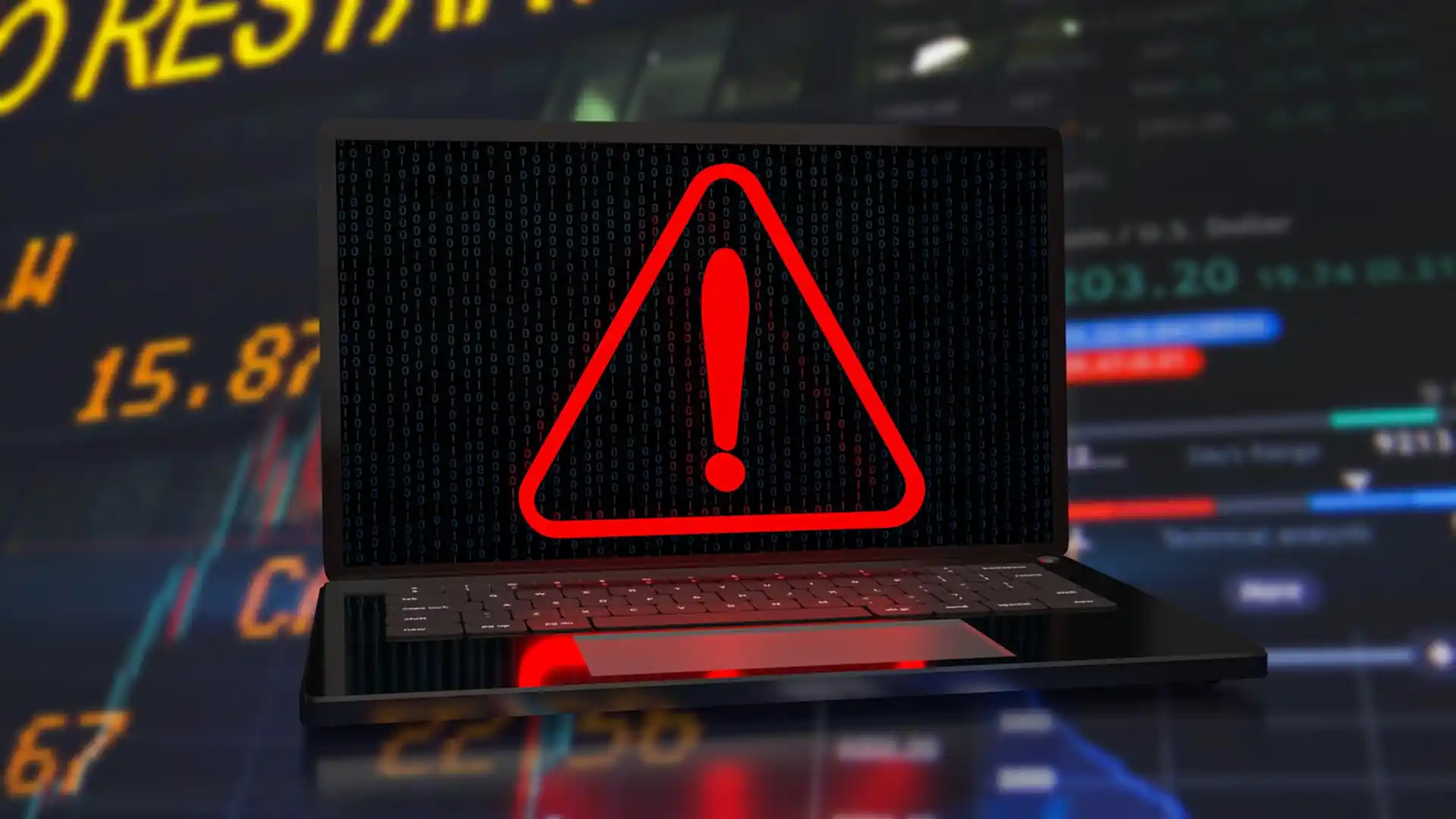
Introduction
The moment your screen flashes a ransom note or your files acquire a strange, new extension, you are facing a corporate emergency. A ransomware attack is not just a breach; it’s a rapidly unfolding catastrophe that threatens to obliterate your data and cripple your business.
Panic is the enemy. Your immediate response in the first minutes and hours is the most critical factor in determining whether you face a full shutdown or a managed recovery. The goal is to contain the threat, preserve the evidence, and ensure you have the best possible chance for forensic data recovery.
Here is the essential, 7-step immediate action plan to execute the second you detect a ransomware attack.
Phase 1: Containment and Isolation (Do This NOW)
Step 1: Disconnect the Infected System
The single most important action. Immediately unplug the network cable and disable Wi-Fi on the infected computer. If the infection is on a server, physically disconnect it from the network switch. Do not shut down the system yet, as shutting down can destroy valuable data held in temporary memory (RAM). The priority is to stop the ransomware from spreading to shared drives, cloud synchronization folders, and backups.
Step 2: Isolate the Entire Segment
If the infection occurred on a network segment (like a specific office or VLAN), isolate that entire portion of the network, if possible. This prevents the infection from jumping to your disaster recovery systems and management consoles.
Step 3: Document the Evidence
Take photographs of the ransom note, the infected desktop, and any error messages. Note the time of detection and identify the first known infected system. This information is vital for forensic investigators to determine the Initial Access Vector (how the attackers got in).
Phase 2: Preservation and Diagnosis (Call the Experts)
Step 4: Do NOT Touch the Files or Attempt Decryption
Resist the temptation to rename files, move them, or run generic “decryption” tools. You risk further corrupting the encrypted data, potentially making it impossible to decrypt even if a key is later obtained. Furthermore, touching the files destroys the crucial file access metadata needed for the forensic investigation.
Step 5: Perform a Forensic Power-Down
Once the system is fully isolated, power it down. Do not perform a normal shutdown; the operating system can overwrite logs and temporary files during the graceful shutdown process. Instead, perform a hard power-off (press and hold the power button for several seconds). This preserves the volatile memory (RAM) and the disk state as closely as possible to the moment of infection.
Step 6: Secure the Media and Initiate Legal Hold
Remove the hard drive or SSD from the affected system and store it in an anti-static bag. Label the media with the date, time, and user name. Immediately initiate a legal hold on all affected systems and backups. By contacting a professional data recovery and forensics firm like DataCare Labs, you establish a Chain of Custody, ensuring that any evidence recovered is legally admissible.
Phase 3: Recovery Strategy (The Path Forward)
Step 7: Engage Forensic Data Recovery Specialists
Before even thinking about restoring from backups, you need expert advice. Our forensic specialists at DataCare Labs will:
-
Determine Encryptor Type: Identify the specific variant of ransomware, which is crucial for knowing if a decryption key is publicly available.
-
Identify Backdoor Access: Determine if the attacker left behind any persistent access methods before you restore from a clean backup, preventing re-infection.
-
Validate Backups: Ensure your backup files themselves were not silently corrupted or encrypted by the malware before you try to restore them.
A professional forensic investigation is not just about recovery; it’s about prevention and liability. We provide the verified evidence and certified recovery process you need to restore your operations safely.
Conclusion: Act Fast, Act Smart
Ransomware attacks are designed to paralyze you. Following this structured, forensic response plan ensures you move from panic to control. Your immediate actions determine the success of your long-term recovery. Do not pay the ransom, and do not attempt recovery until the threat is contained and the evidence is preserved.
If you have been hit by ransomware, contact DataCare Labs immediately. We are ready to initiate our emergency protocol to secure your evidence and recover your mission-critical data.

